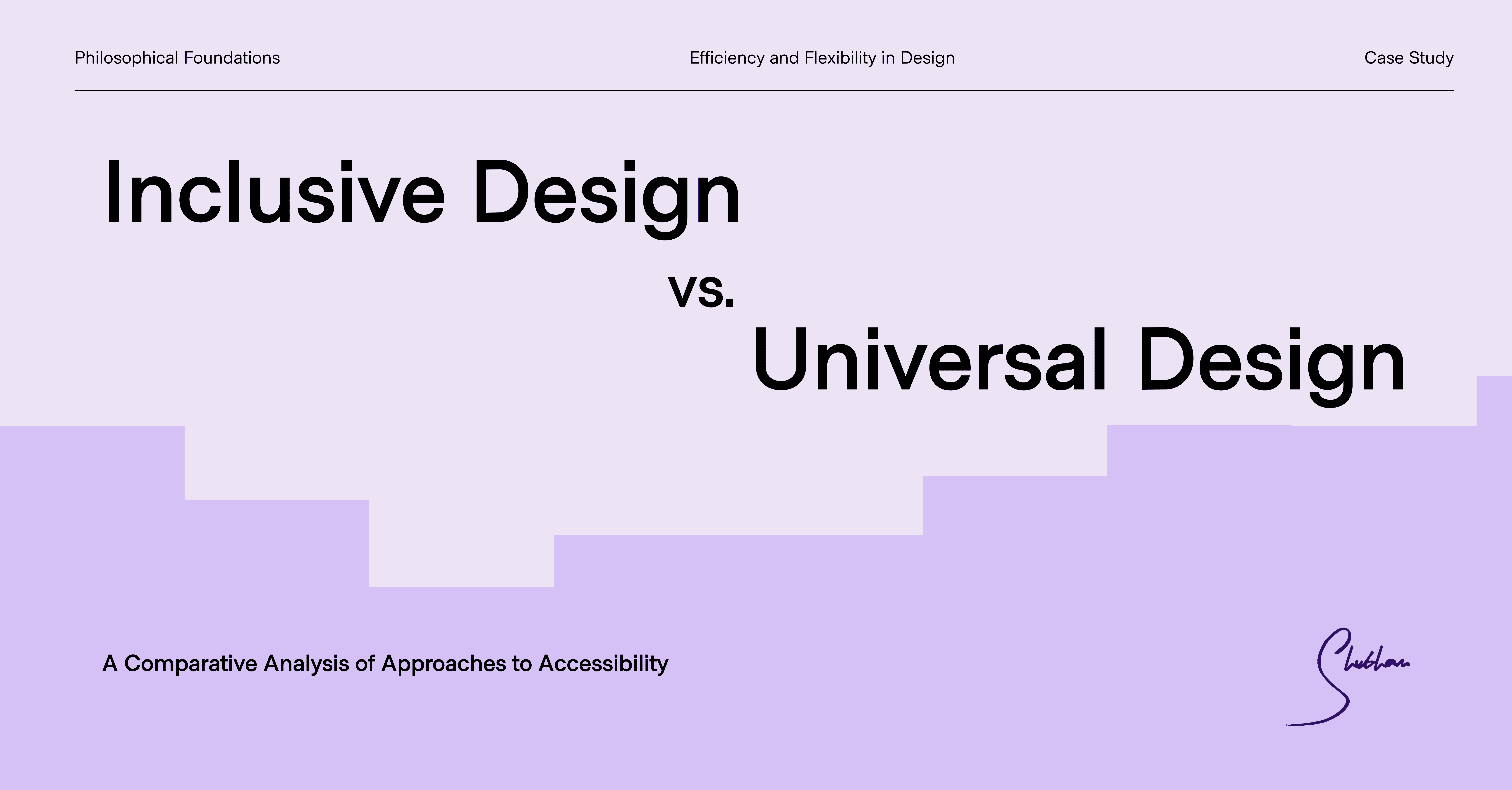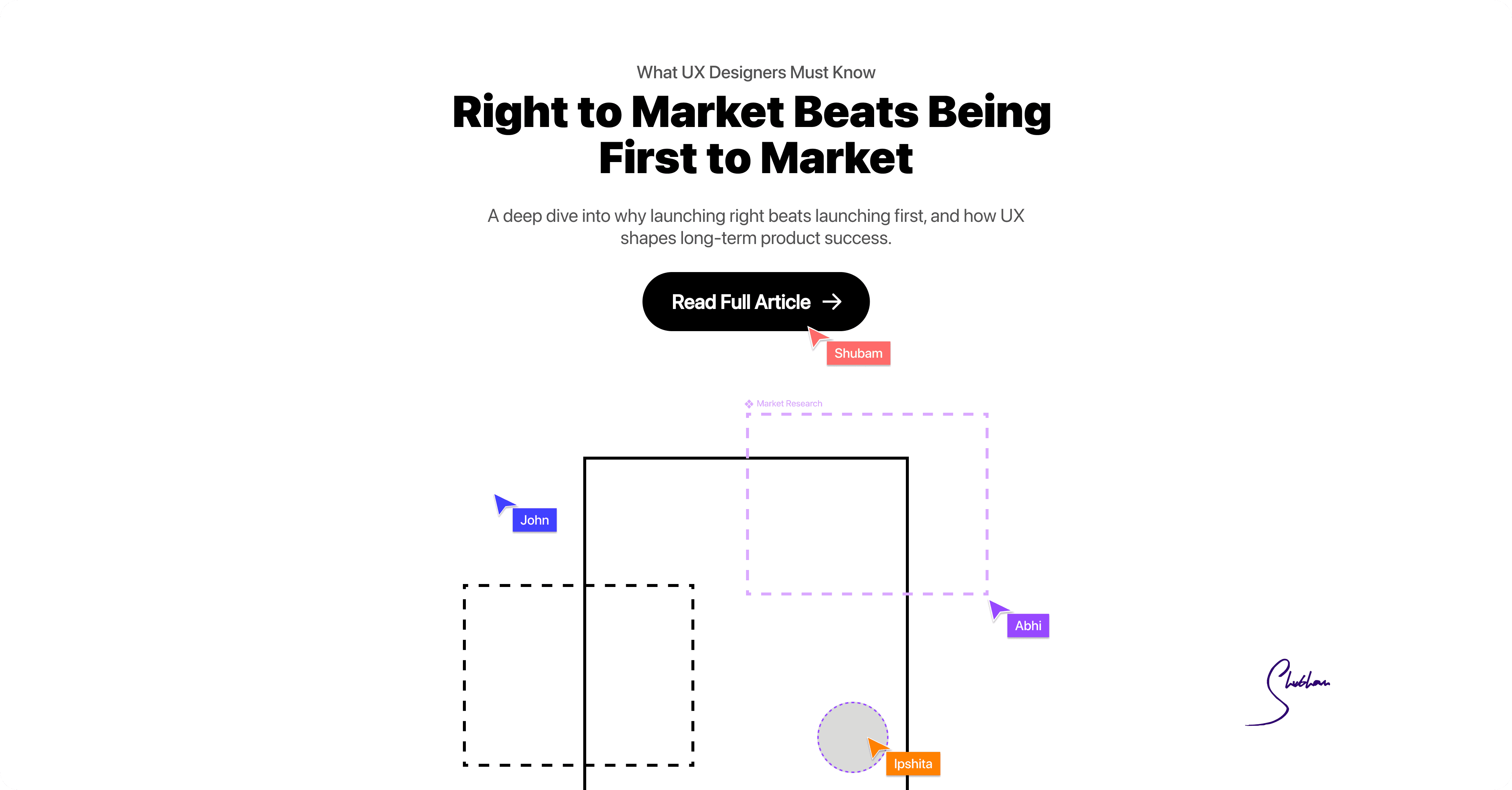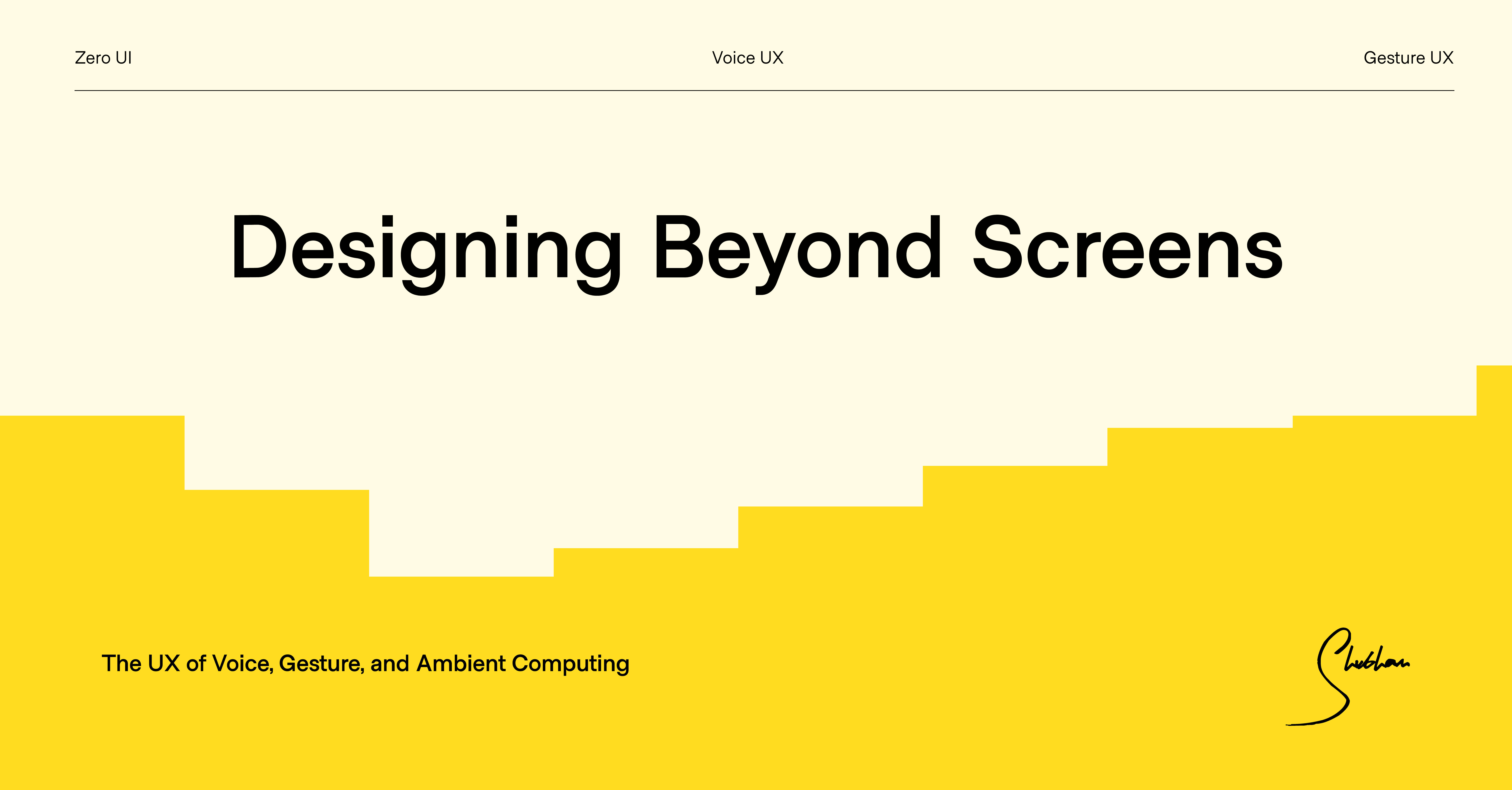Introduction
In an increasingly interconnected and diverse world, the imperative to design products and environments that cater to a wide spectrum of users has never been more pronounced. Two prominent methodologies have emerged to address this critical need: Inclusive Design and Universal Design. Both approaches share the fundamental goal of enhancing accessibility and usability, yet they differ in their philosophical underpinnings and practical implementation. This blog aims to provide a comprehensive analysis of these two design philosophies, exploring their core tenets, practical implications supported by recent data, the inherent design dilemmas they present, and the technical strategies employed in their execution. Furthermore, a detailed case study of the Microsoft Design System and its adherence to the latest Web Content Accessibility Guidelines (WCAG) will serve to illustrate these concepts in a real-world context.
Philosophical Foundations
The Core Tenets of Inclusive Design
Inclusive Design is best understood as a design process centred on recognising, respecting, and ultimately designing with human uniqueness and variability. It prioritises the needs of as many people as possible, particularly those groups traditionally excluded from using an interface or navigating an environment. The focus extends beyond merely the number of users to the fulfilment of as many user needs as possible. This methodology, born out of digital environments, enables and draws on the full range of human diversity, most importantly by including and learning from people with a range of perspectives. The philosophical foundation of inclusive design rests on the principle that exclusion happens when problems are solved using the designer's own biases. This perspective posits that inaccessibility is not an inherent trait of the user but rather a consequence of poor design. Historically, while linked to designing for people with physical disabilities, inclusive design encompasses a broader scope, considering capability impairments that may not be legally recognised as disabilities.
The core principles of Inclusive Design provide a framework for practitioners. Recognising exclusion involves acknowledging the biases that exist in every design decision and actively identifying and addressing them to avoid excluding people based on ability, background, or access to technology. This recognition extends to various forms of exclusion, such as social participation or temporary impairments, highlighting that exclusion is not limited to physical disabilities. Learning from diversity places people at the centre of the design process, emphasising the involvement of individuals from different communities to gain fresh and diverse perspectives. This includes people from different age groups, cultures, ability levels, socioeconomic backgrounds, and education levels. Solving for one and extending to many suggests that when a feature is designed with one specific group in mind, its scope can often be expanded to benefit others. For instance, providing an option to listen to content rather than read it aids users with limited sight as well as those who may simply want to rest their eyes. Ultimately, inclusive design is about making informed design decisions by better understanding user diversity, which covers variation in capabilities, needs, and aspirations.
The Core Principles of Universal Design
Universal Design is defined as the design of products and environments to be usable by all people, to the greatest extent possible, without the need for adaptation or specialised design. This approach emerged as a rights-based, anti-discrimination measure, seeking to create design for all abilities by evaluating materials and structures that can be utilised by everyone. The term was coined by architect Ronald Mace, who advocated for the design of environments that all individuals can access, regardless of their abilities. Mace's work and research at the Center for Universal Design at North Carolina State University laid the foundation for this design philosophy, which goes beyond the mere fulfilment of legal requirements for accessibility. The belief that accessibility and usability go hand in hand forms the bedrock of universal design, with flexibility, adaptability, and simplicity serving as vital components.
The Center for Universal Design at North Carolina State University articulated seven core principles that underpin this approach. Equitable Use dictates that the design should be useful and marketable to people with diverse abilities, providing the same means of use for all users whenever possible and equivalent means when not. Flexibility in Use emphasises that the design should accommodate a wide range of individual preferences and abilities, offering choices in methods of use and adapting to the user's pace. Simple and Intuitive Use requires that the design be easy to understand, regardless of the user's experience, knowledge, language skills, or current concentration level, by eliminating unnecessary complexity and being consistent with user expectations. Perceptible Information mandates that the design communicate necessary information effectively to the user, regardless of ambient conditions or the user's sensory abilities, often through redundant presentation using different modes. Tolerance for Error suggests that the design should minimise hazards and the adverse consequences of accidental or unintended actions by providing warnings and fail-safe features. Low Physical Effort implies that the design can be used efficiently and comfortably and with a minimum of fatigue, allowing the user to maintain a neutral body position and minimising repetitive actions. Finally, Size and Space for Approach and Use requires that appropriate size and space are provided for approach, reach, manipulation, and use regardless of the user's body size, posture, or mobility, accommodating variations in hand and grip size and providing space for assistive devices. While Universal Design and Inclusive Design share common ground in their pursuit of accessibility, Universal Design traditionally aims for a single solution to accommodate a wide range of users, incorporating insights about their physical and cognitive abilities, age, gender, race, and ethnicity into the design of one experience.
Practical Implications and Recent Data
Evidence and Insights
The adoption of inclusive design principles yields significant practical benefits, supported by recent data. Inclusive designs inherently possess a broader reach, extending their usability to a larger audience that includes individuals with not only permanent disabilities but also those with temporary impairments or situational limitations. The World Health Organisation estimates that over 15% of the world's population experiences some form of disability, underscoring the substantial market segment that inclusive design addresses. Furthermore, Microsoft's research indicates that implementing inclusive design principles can lead to a 30% increase in usability for all users, demonstrating that features designed for inclusivity often enhance the overall user experience for everyone. This phenomenon, often referred to as the "curb-cut effect," illustrates how designs initially intended for specific accessibility needs can benefit a much wider population.
In addition to expanding reach and improving usability, inclusive design plays a crucial role in regulatory compliance. Many countries and regions have established accessibility standards, such as the WCAG, and an inclusive approach ensures that design processes inherently consider these guidelines, facilitating compliance. Moreover, companies that prioritise inclusive design often cultivate a more positive brand image. A 2021 study by the Australian Centre for Inclusive Design found that reducing exclusion from financial services by even 25% could result in a significant increase in customers and revenue, highlighting the economic advantages of inclusivity. Consumers are increasingly favouring brands that demonstrate a commitment to diversity and inclusion, making inclusive design a valuable asset for enhancing brand reputation and fostering customer loyalty. Real-world examples such as curb cuts, initially designed for wheelchair users but now benefiting parents with strollers, delivery personnel with carts, and bicyclists, exemplify the broad societal impact of inclusive design.
Contrasting Approaches in Design
Inclusive Design distinguishes itself through its emphasis on process. It is an iterative methodology that places a strong focus on understanding the diversity of users and actively involving them in the design journey through co-creation. This approach acknowledges that a single design solution may not always adequately address the varied needs of all users and readily proposes a family of products, complementary solutions, or adaptable features to ensure broader inclusion. The core of inclusive design lies in challenging designers' assumptions and biases and co-creating solutions with users rather than merely for them.
In contrast, Universal Design primarily focuses on the outcome, striving to create a single, inherently accessible solution that can be used by the widest range of people without requiring adaptation or specialised design. The aim is to establish a "level playing field" where everyone can participate equally, confidently, and independently in everyday activities through a unified design. While both approaches share the ultimate goal of enhancing accessibility, a point of ongoing discussion, and sometimes confusion, lies in their differing philosophies. Some argue that the pursuit of a single, universally applicable design in Universal Design might inadvertently overlook the specific and nuanced needs of certain marginalised groups, potentially leading to solutions that are not as effective as those developed through the more targeted and flexible process of Inclusive Design. Ultimately, however, both methodologies recognise that accessibility is a fundamental requirement and a shared objective, albeit approached through distinct pathways.
Efficiency and Flexibility in Design
Universal Design, with its focus on a singular, adaptable design, offers the potential for streamlined development, which can translate to greater efficiency in the design process. By aiming for a standardized solution that caters to a broad audience, organizations might achieve economies of scale and reduce the complexity associated with managing multiple product variations. Developing and maintaining one universally designed product could, in certain contexts, prove more resource-efficient than creating and supporting numerous tailored solutions.
Conversely, Inclusive Design inherently embraces flexibility as a core tenet, prioritising the ability to adapt and customise products to meet the specific needs and preferences of individual users. This approach values providing users with choices in how they interact with a product and allowing for personalization to suit varying abilities and contexts. However, this emphasis on flexibility introduces an inherent tension with the pursuit of efficiency, often referred to as the "flexibility-usability tradeoff". Increasing the flexibility of a system can sometimes lead to decreased usability if not implemented thoughtfully, and vice versa. Offering too many options or customization possibilities can overwhelm users, making the product more complex and potentially harder to use effectively. The optimal balance between efficiency and flexibility often depends on the specific features and the context of use. For instance, in the realm of digital interfaces, universal design might prioritize a consistent visual language and layout for efficiency, while inclusive design would advocate for user-adjustable font sizes, color contrast themes, and alternative input methods to enhance flexibility and cater to a wider range of needs. Ultimately, design decisions must carefully weigh the advantages of efficiency against the imperative to provide sufficient flexibility to ensure genuine inclusivity.
Examples of Universal Core Components
For instance, buttons within a universal core should be designed with a sufficiently large touch target (a minimum of 44x44 pixels is often recommended to accommodate users with motor impairments ), clear and concise labels that prioritise the primary action , and highly visible and consistent keyboard focus indicators to aid users who navigate with a keyboard. Similarly, form fields should always have properly and programmatically associated labels, achieved through the use of the <label> element in HTML or corresponding ARIA attributes, along with clear instructions and informative error messages to guide users. They should also be designed to ensure a logical and efficient keyboard navigation order.Navigation menus, as another critical core component, should implement logical and consistent patterns, often utilising the <nav> semantic element in HTML. Ensuring full keyboard accessibility through proper tab order and focus management is paramount , along with providing clear visual cues to indicate the user's current location within the navigation structure.
Examples of Inclusive Extension Layers
Inclusive extension layers can manifest in various forms to cater to specific user needs. For cultural adaptations, implementing robust localisation mechanisms that handle not only text translation but also image and layout adjustments to accommodate different languages (including support for right-to-left scripts for languages like Arabic and Hebrew ) is crucial. Furthermore, offering users the ability to select their preferred language enhances inclusivity. For assistive technology integrations, the extensive use of ARIA attributes plays a vital role in providing semantic information about UI elements to screen readers, enabling visually impaired users to understand and interact with the interface. Supporting alternative input methods beyond the traditional mouse and keyboard, such as voice commands and switch devices, provides multiple pathways for users with motor impairments to interact with the product. Finally, offering customisable display settings empowers users to tailor the visual presentation to their individual needs, including adjustable font sizes for users with low vision, a range of color contrast themes (including dedicated high contrast modes for users with severe visual impairments ), and options to control or disable animations and motion effects for users with vestibular disorders or those who find them distracting.
Case in Point: Microsoft Design System and WCAG Compliance
Overview of the Microsoft Fluent Design System
The Microsoft Fluent Design System serves as a comprehensive, cross-platform design language that guides the creation of consistent, accessible, and engaging experiences across a wide range of Microsoft products and services. Fluent UI aims to deliver a unified and intuitive user experience across various devices and platforms, from desktop and mobile applications to web interfaces and emerging technologies. The system is built upon five fundamental components: Light, Depth, Motion, Material, and Scale, which work together to create a distinctive and modern aesthetic while prioritising usability and accessibility.
Inclusive Design and Universal Design Principles in Microsoft's Approach
Microsoft has explicitly embraced inclusive design as a core philosophy, recognising its importance in creating better products for everyone by considering the full spectrum of human diversity. Fluent UI embodies the principle of "solve for one, extend to many" by incorporating features that often benefit a broad range of users. For example, the provision of closed captions in video content, a key accessibility feature for individuals who are deaf or hard of hearing, also proves invaluable for users in noisy environments, those learning a new language, or individuals who simply prefer to read along with the audio. Fluent UI components are designed with inclusivity and accessibility in mind from the outset, featuring built-in support for high contrast themes that enhance readability for users with low vision. The system also ensures that components have a semantic HTML structure and proper ARIA attributes, facilitating compatibility with screen readers and other assistive technologies. Furthermore, Fluent UI provides guidance and mechanisms for effective focus management, ensuring seamless keyboard navigation for users who cannot rely on a mouse.
Deep Dive into Microsoft's Adherence to the Latest WCAG Standards (including WCAG 2.2)
Microsoft demonstrates a strong commitment to meeting and often exceeding the standards set forth by the Web Content Accessibility Guidelines (WCAG). For instance, Microsoft Power Pages explicitly conforms to WCAG 2.2, the latest version of the guidelines. Fluent UI components are built with the goal of meeting WCAG 2.1 Level AA standards as a foundational level of accessibility, providing a solid base for developers to create compliant applications. Recognizing the importance of staying current with the evolving accessibility landscape, Microsoft actively supports the latest WCAG version, including WCAG 2.2. Tools like Accessibility Insights for Web and Windows have been updated to include testing support and guidance for these new criteria, empowering developers to build products that meet the most up-to-date accessibility requirements. Fluent UI provides specific guidance and features to address various WCAG 2.2 criteria. For example, the design system emphasizes the need to ensure sufficient spacing around click targets to meet the Minimum Target criterion, which benefits users with motor impairments. It also highlights the importance of ensuring that focus indicators are not obscured by overlapping content, such as sticky headers or footers, thus adhering to the Focus Not Obscured guideline. To further aid developers in achieving WCAG compliance, Microsoft offers a suite of tools and resources, including Accessibility Insights, which provides both automated and manual testing capabilities to identify and address accessibility issues. Fluent UI itself provides components with many built-in accessibility features, reducing the effort required by developers to create accessible experiences. Microsoft's continuous efforts to align Fluent UI and its associated tools with the latest WCAG recommendations underscore its commitment to ongoing improvement and fostering a more inclusive digital environment. By proactively integrating accessibility guidelines into its design system and providing developers with the necessary resources, Microsoft plays a crucial role in enabling the creation of more accessible and inclusive applications across its ecosystem.
Conclusion
In conclusion, both Inclusive Design and Universal Design represent vital approaches to creating a more accessible and equitable world through thoughtful design. While Universal Design strives for a single, broadly applicable solution, Inclusive Design embraces the diversity of user needs and often involves a more flexible and iterative process, potentially leading to a family of solutions or highly adaptable designs. The choice between these approaches often depends on the specific context, goals, and constraints of a project, and in many cases, a hybrid approach that leverages the strengths of both methodologies may prove most effective. By adopting the core principles of these design philosophies and leveraging technical strategies such as modular architecture and AI-powered adaptation, designers and developers can build truly inclusive experiences that benefit everyone, fostering a future where technology and the built environment are accessible and usable by all.
Paraphrased using gpt
References
Center for Universal Design. (1997). The Principles of Universal Design, Version 2.0. North Carolina State University. Retrieved May 19, 2025, from (https://design.ncsu.edu/wp-content/uploads/2022/11/principles-of-universal-design.pdf)
Center for Universal Design. (n.d.). Equitable Use. North Carolina State University. Retrieved May 19, 2025, from (https://www.washington.edu/doit/universal-design-process-principles-and-applications)
Center for Universal Design. (n.d.). Flexibility in Use. North Carolina State University. Retrieved May 19, 2025, from (https://www.washington.edu/doit/universal-design-process-principles-and-applications)
Center for Universal Design. (n.d.). Low Physical Effort. North Carolina State University. Retrieved May 19, 2025, from (https://www.washington.edu/doit/universal-design-process-principles-and-applications)
Center for Universal Design. (n.d.). Perceptible Information. North Carolina State University. Retrieved May 19, 2025, from (https://www.washington.edu/doit/universal-design-process-principles-and-applications)
Center for Universal Design. (n.d.). Simple and Intuitive Use. North Carolina State University. Retrieved May 19, 2025, from (https://www.washington.edu/doit/universal-design-process-principles-and-applications)
Center for Universal Design. (n.d.). Size and Space for Approach and Use. North Carolina State University. Retrieved May 19, 2025, from (https://www.washington.edu/doit/universal-design-process-principles-and-applications)
Center for Universal Design. (n.d.). Tolerance for Error. North Carolina State University. Retrieved May 19, 2025, from (https://www.washington.edu/doit/universal-design-process-principles-and-applications)
Chardin, M., & Novak, K. (2021). Not another 'thing': Practical application of Universal Design for Learning to higher education. AHEAD. Retrieved May 19, 2025, from (https://www.ahead.ie/journal/Not-another-thing-Practical-application-of-Universal-Design-for-Learning-to-higher-education)
Clarkson, J., & Coleman, R. (2015). Inclusive Design. MIT Press.
Design Council. (2008). The Principles of Inclusive Design. Retrieved May 19, 2025, from (https://dl.designresearchsociety.org/cgi/viewcontent.cgi?article=3053&context=drs-conference-papers)
Fritzgerald, A. (2020). Not another 'thing': Practical application of Universal Design for Learning to higher education. AHEAD. Retrieved May 19, 2025, from (https://www.ahead.ie/journal/Not-another-thing-Practical-application-of-Universal-Design-for-Learning-to-higher-education)
Hall, P., & Imrie, R. (2007). Countering Design Exclusion: An Introduction to Inclusive Design. Routledge.
Herssens, J. (2011). 'Design for More'. Cumulus Conference Proceedings.
Holmes, K. (2018). Mismatch: How Inclusion Shapes Design. MIT Press.
Keates, S., & Clarkson, J. (2003). Countering Design Exclusion: An Introduction to Inclusive Design. Springer.
Mace, R. (1985). Universal Design: Design for All People. Designers West, 33(1), 20-27.
Microsoft. (n.d.). Accessibility. Retrieved May 19, 2025, from (https://www.microsoft.com/en-us/accessibility)
Microsoft. (n.d.). Fluent Design System. Retrieved May 19, 2025, from (https://www.uxpin.com/studio/blog/7-principles-of-inclusive-design-for-ux-teams/)
Microsoft. (n.d.). Inclusive Design. Retrieved May 19, 2025, from (https://inclusive.microsoft.design/)
Microsoft. (n.d.). Power Pages and WCAG 2.2. Retrieved May 19, 2025, from (https://learn.microsoft.com/en-us/power-pages/admin/accessibility)
Tobin, T. J. (2014). Increase Online Student Retention with Universal Design. Jossey-Bass.
TRACE Research and Development Center. (n.d.). Universal Design Definition. University of Wisconsin-Madison. Retrieved May 19, 2025, from (https://www.ala.org/advocacy/diversity/accessibility/universal-design)
University of Washington. (2021). Universal Design: Process, Principles, and Applications. DO-IT. Retrieved May 19, 2025, from (https://www.washington.edu/doit/universal-design-process-principles-and-applications)
World Health Organization. (2023, November 24). Disability and health. Retrieved May 19, 2025, from (https://www.who.int/news-room/fact-sheets/detail/disability-and-health)



